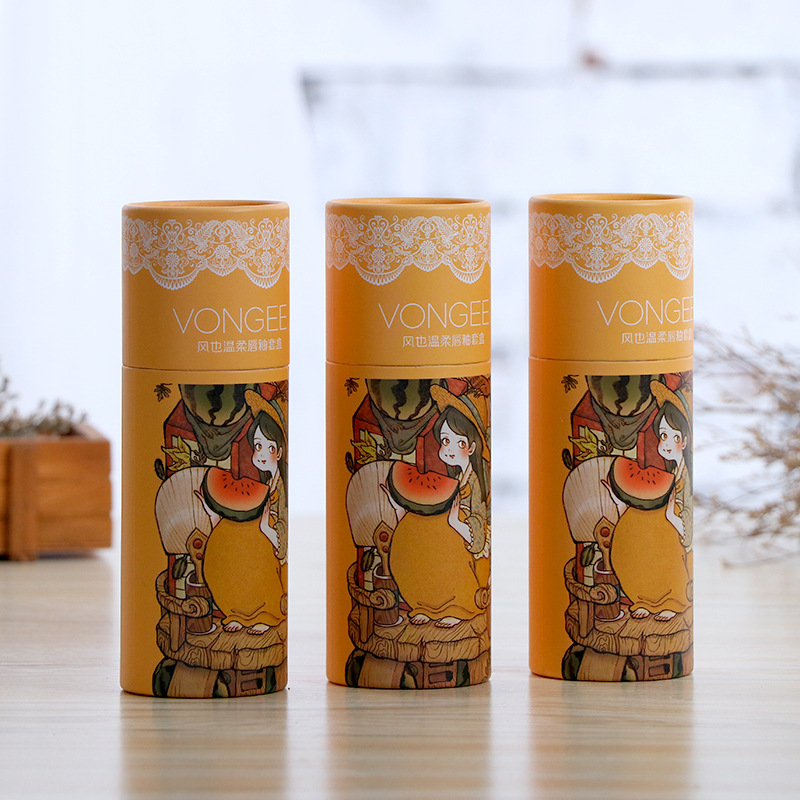The principle of printing on corrugated cardboard boxes depends on the printing method used. However, in general, printing on corrugated cardboard boxes involves transferring ink or pigments onto the surface of the box to create text, images, or designs.
Flexography, the most common printing method used for corrugated cardboard boxes, uses flexible printing plates made from rubber or photopolymer. The printing plates are wrapped around a printing cylinder and ink is transferred to the printing plates from an ink fountain. The inked plates then transfer the design to the surface of the corrugated cardboard as it passes through the press.
Lithography, another printing method used for corrugated cardboard boxes, uses flat printing plates made from metal or plastic. The printing plates are coated with a photosensitive emulsion, which is then exposed to light to create the desired design. The exposed areas of the printing plate attract ink, which is then transferred to the surface of the corrugated cardboard as it passes through the press.
Digital printing, another method used for corrugated cardboard boxes, involves using digital files to directly print onto the surface of the box. The image is created by spraying or depositing ink or toner onto the surface of the corrugated cardboard using a print head.
In all of these printing methods, the ink is applied to the surface of the corrugated cardboard box in a precise manner to create the desired design. The ink must be applied evenly and consistently to create a high-quality print that will withstand the rigors of transportation and storage.
